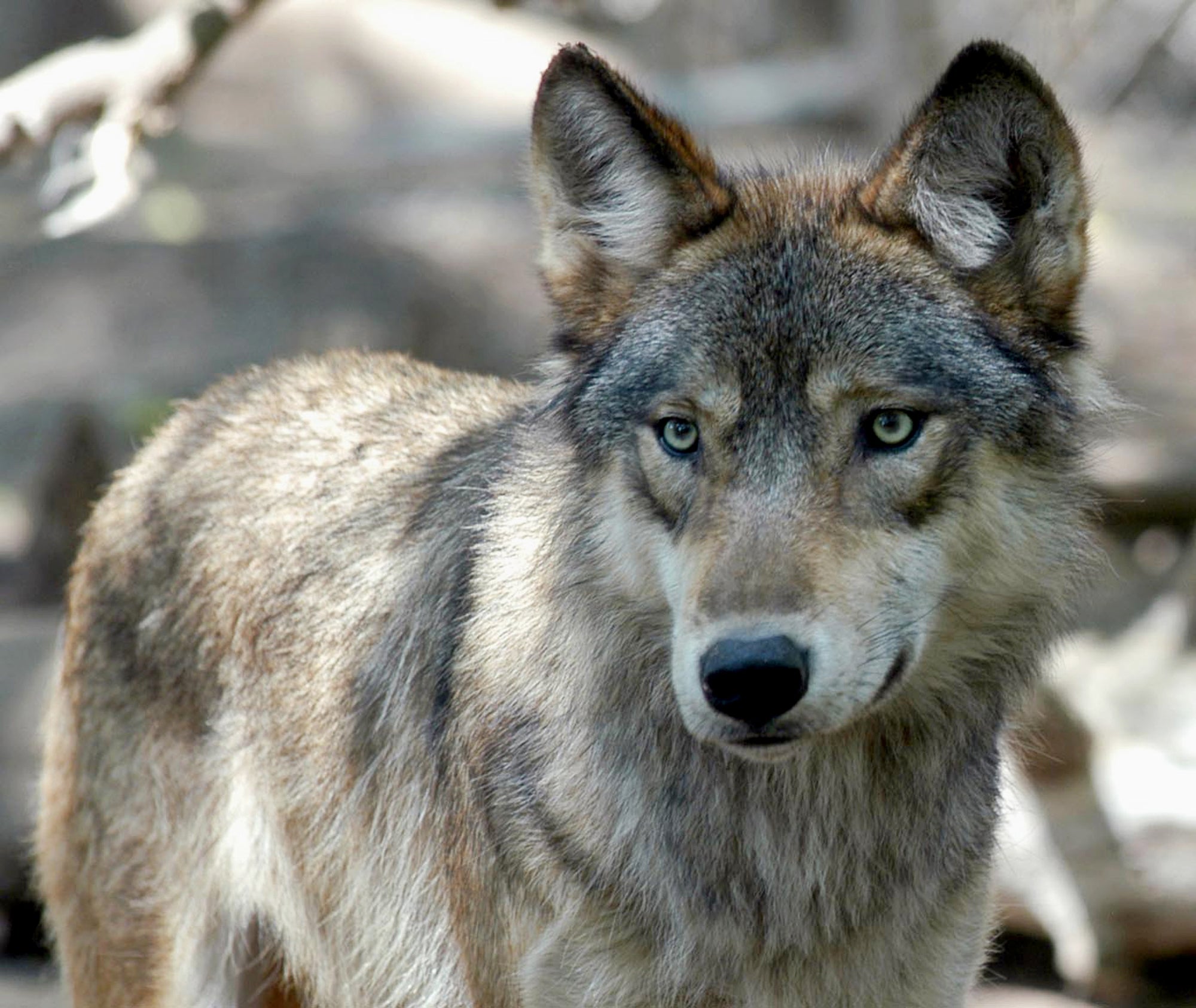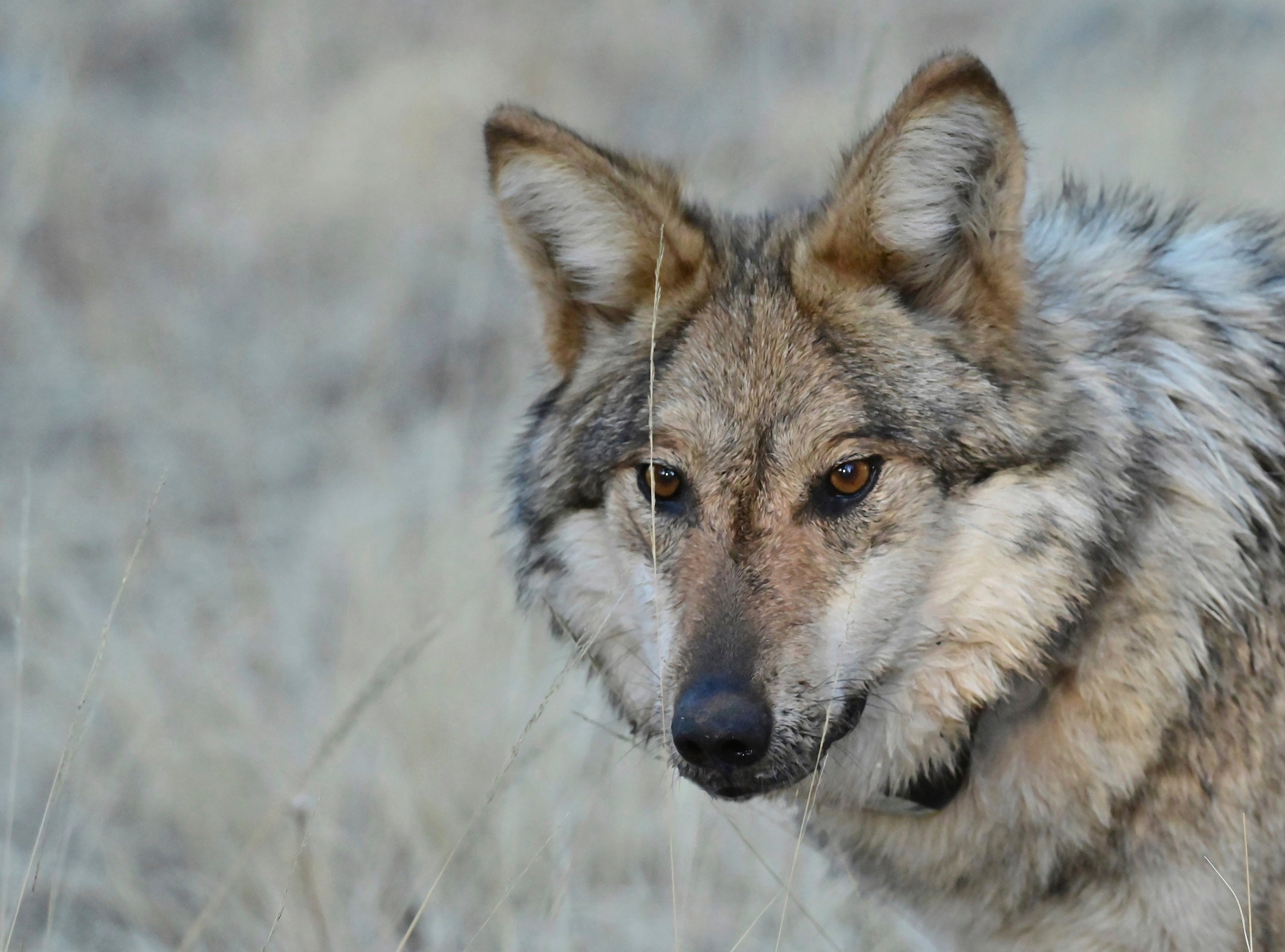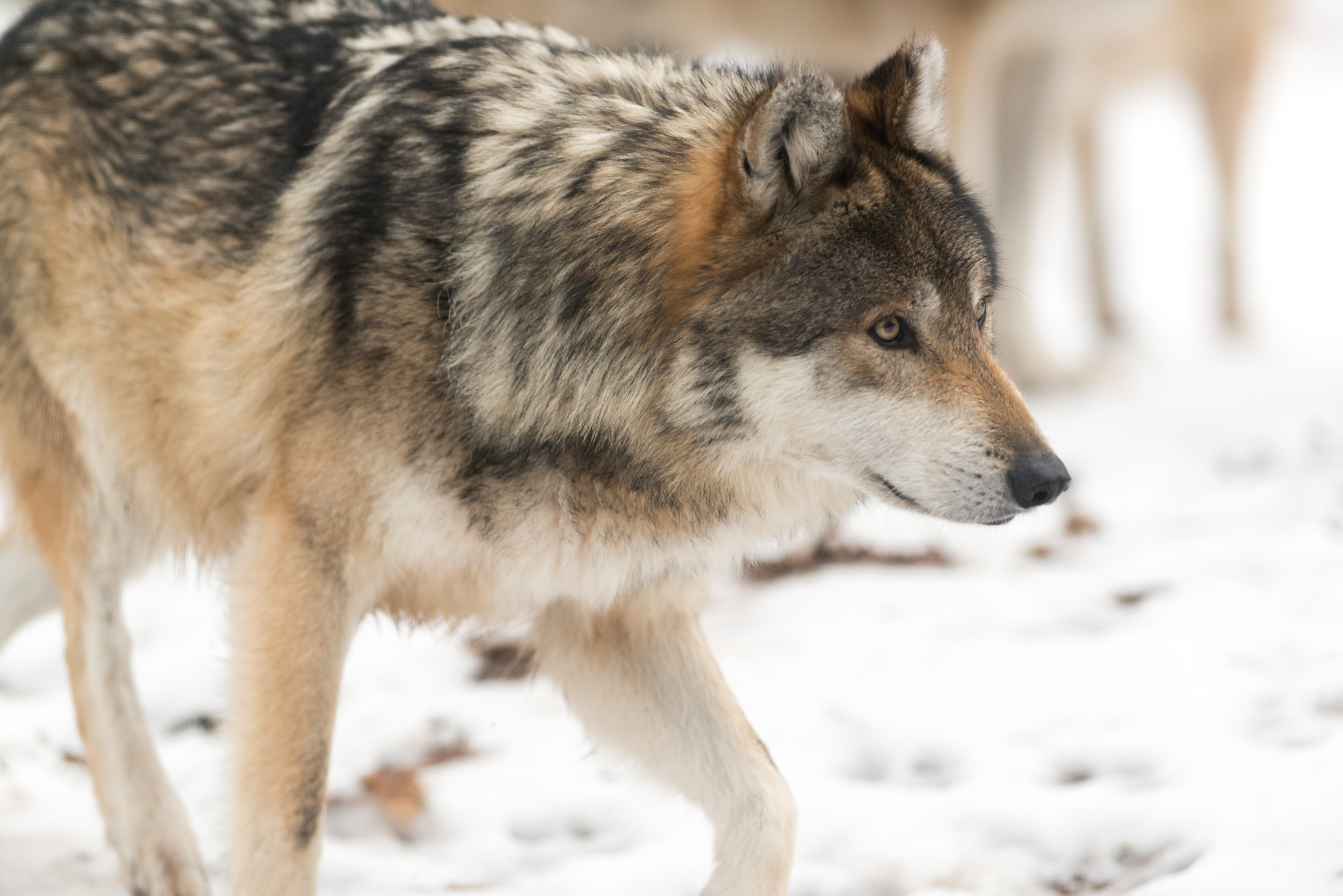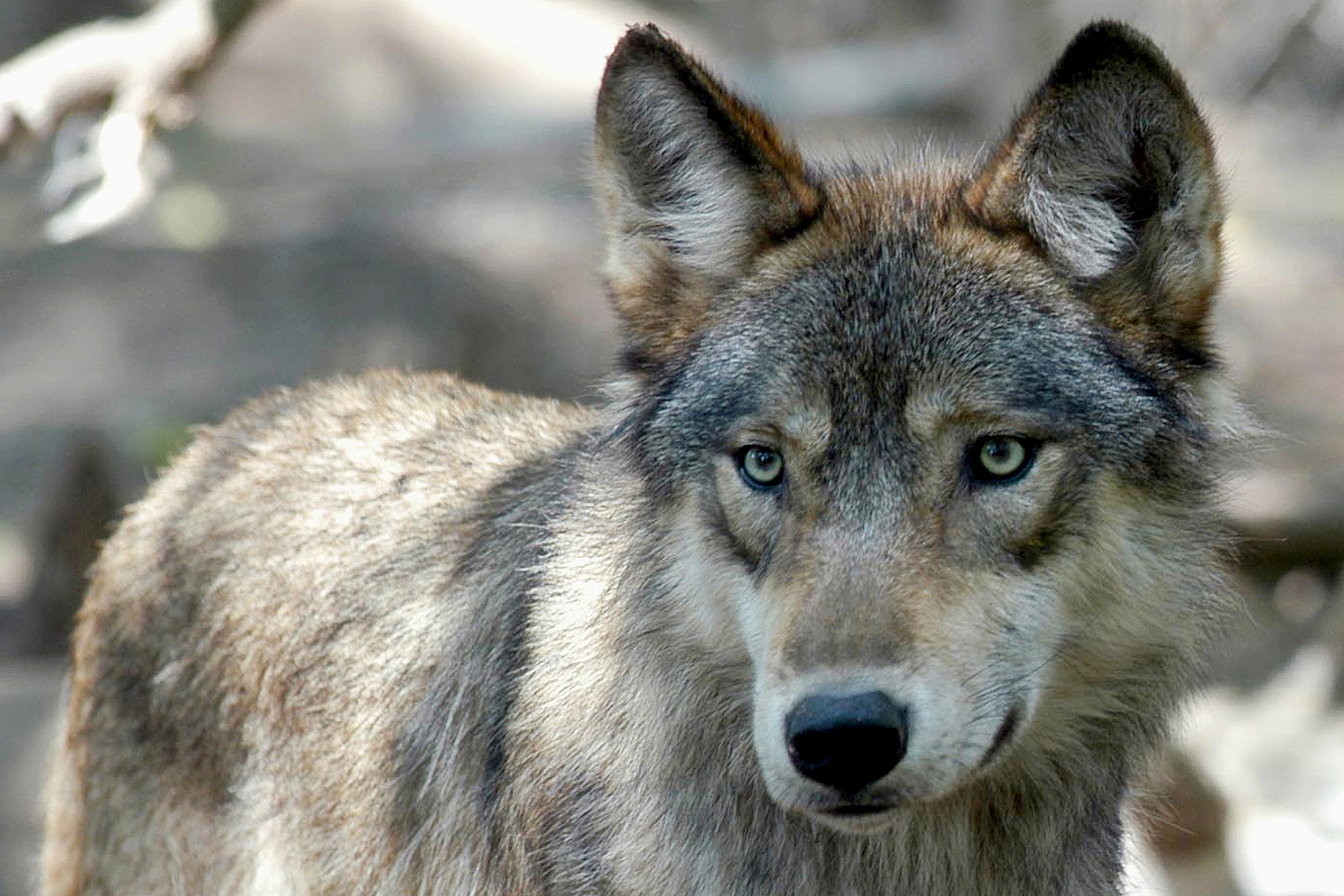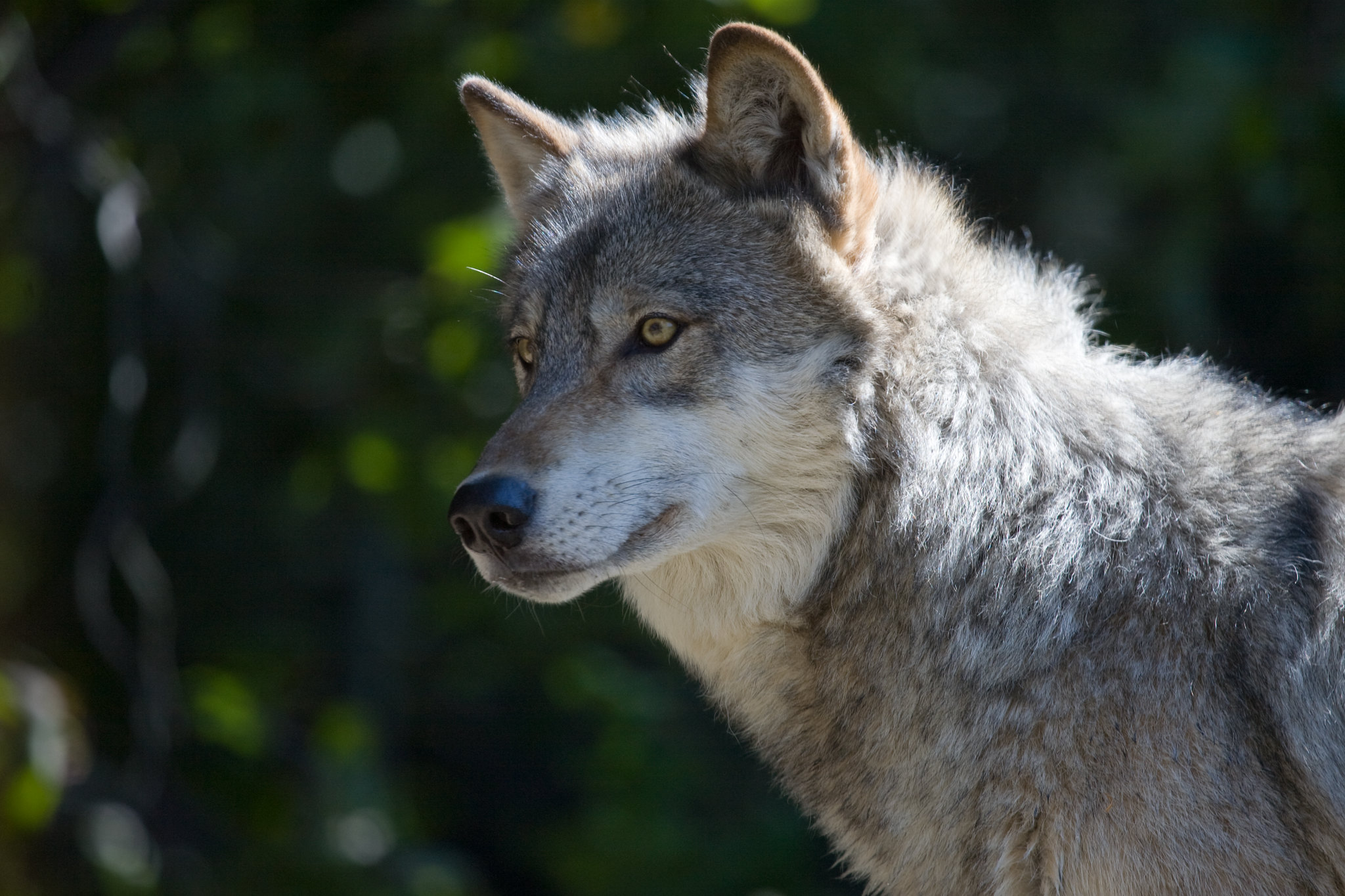You’ve probably heard that animals are more afraid of you than you are of them, but that wasn’t the case with a wolf killed in Superior this fall. Wildlife officials trapped and euthanized the animal because they say it showed no fear of people.
The wolf was part of a local pack and had approached workers over the course of several weeks at the Pokegama Railyard in Superior, said Jeff Pritzl, acting large carnivore specialist with the Wisconsin Department of Natural Resources.
“All of the individuals when they would see people … would scatter and leave except for this one individual. The wolf was never aggressive towards people,” said Pritzl.
News with a little more humanity
WPR’s “Wisconsin Today” newsletter keeps you connected to the state you love without feeling overwhelmed. No paywall. No agenda. No corporate filter.
But, Pritzl said the wolf didn’t respond to nonlethal methods of removal.
“They had gone through the normal protocols of doing things to haze the animal to get them to leave. All of the other individuals responded except this one,” he said.
Traps were set to capture the animal, and several other members of the pack were radio collared and released. Pritzl said the animal showed no signs of sickness, and no evidence was found that the wolf had been fed by people.
The DNR consulted with U.S. Department of Agriculture Wildlife Services and the U.S. Fish and Wildlife Service since the gray wolf is currently listed as endangered in the western Great Lakes region. He said it was a young animal that would have likely caused conflict if relocated.
“It was decided that this individual animal was exhibiting behavior that meant it wasn’t learning the ropes to behave the way a normal wolf should and it should be euthanized and removed,” he said.
Wolves that pose a risk to humans are a rare occurrence, Pritzl said.
“But, again as you have a high, more abundant wolf population, the odds of having an individual animal that’s acting abnormally goes up a little bit,” he said.
The number of wolves in Wisconsin was up this spring about 7 percent from the prior monitoring season to roughly 950 animals, according to the state’s most recent count from spring 2016 to 2017. There are 232 wolf packs statewide, most of which are located in far northwestern Wisconsin. If people encounter wolves, Pritzl said they should make their presence known.
“Stand tall. Make yourself as large as possible and stay calm,” he said, noting to back away slowly if the wolf doesn’t go away.
Pritzl said they euthanized three other wolves this year, but those wolves were killed for humane reasons since they were suffering from illness or injury. No wolves were euthanized in Wisconsin last year, but one wolf was killed in 2015 because it posed a risk to human safety, according to figures provided by USDA Wildlife Services.
Wisconsin Public Radio, © Copyright 2025, Board of Regents of the University of Wisconsin System and Wisconsin Educational Communications Board.

